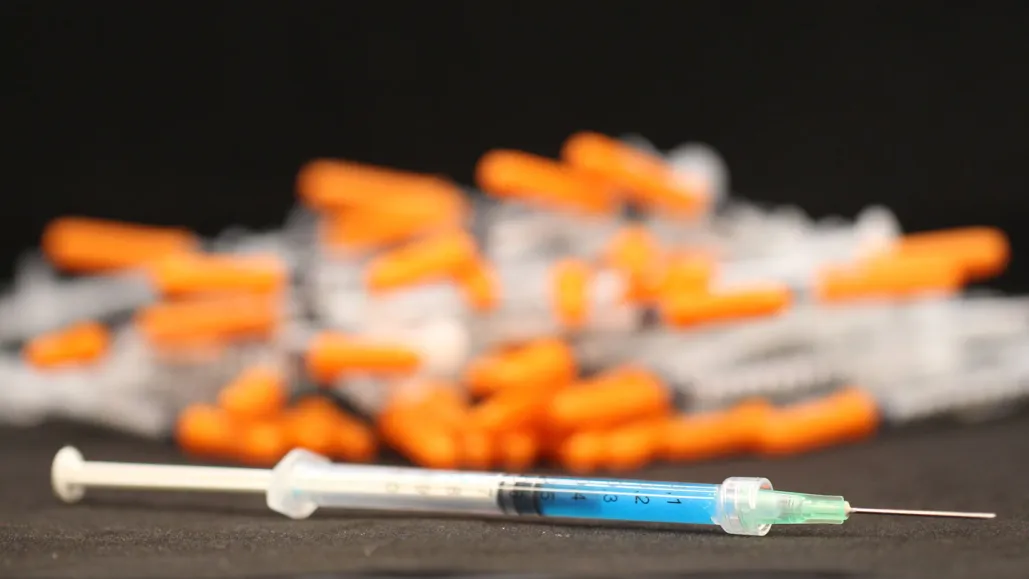
The landscape of pharmaceutical treatments is continually evolving, with researchers and scientists exploring new ways to enhance drug efficacy, improve patient outcomes, and reduce the frequency of medication administration. One groundbreaking development that’s gaining attention is the use of innovative gel injections designed to prolong the effects of medications such as Ozempic. This advancement promises significant benefits in managing chronic conditions, particularly type 2 diabetes and obesity, by potentially reducing the need for frequent injections and improving patient compliance.
Understanding the Traditional Approach to Drug Administration
Most medications, especially those used to treat chronic illnesses, are currently administered through injections or oral capsules. Ozempic, a popular medication for diabetes management, is typically administered via weekly subcutaneous injections. While effective, this regimen can be burdensome for patients, leading to issues like missed doses or non-compliance, ultimately impacting treatment success.
Traditional drug delivery methods face several challenges:
- Rapid clearance from the body: Many drugs have a short half-life, necessitating frequent dosing.
- Patient adherence issues: Injections can be inconvenient or uncomfortable, leading to skipped doses.
- Fluctuating drug levels: Variability in drug levels can result in suboptimal therapeutic effects.
Therefore, there has been a strong push toward developing innovative delivery systems that can enhance the duration and stability of drug action.
The Advent of Gel-Based Drug Delivery Systems
The Science Behind Gel Injections
Recent research and technological advances have led scientists to develop specialized gel-based injections capable of acting as reservoirs for drugs like Ozempic. These gels are biocompatible, meaning they are safe to inject into the body without causing adverse reactions. Once injected, the gel slowly releases the medication over an extended period, maintaining stable drug levels in the bloodstream.
The core idea is to create a depot — a localized, sustained-release mechanism that gradually dispenses the drug, reducing the need for frequent injections. This method mimics the body’s natural processes, offering a more consistent and controlled delivery of medication.
Materials and Technology Used
The gels are typically composed of advanced polymers that are both stable and biodegradable. These polymers are designed to:
- Respond to physiological conditions
- Control the release rate of the drug
- Eventually degrade safely within the body
Examples include hydrogels and other polymer-based matrices that can encapsulate the drug molecules and release them slowly over days or even weeks. The engineering of these gels involves meticulous tuning of properties like porosity, stiffness, and degradation rate, to ensure optimal performance.
Benefits of Gel-Based Drug Delivery
The potential advantages of using gel injections for medications like Ozempic are compelling:
- Extended Duration of Action: These gels can significantly prolong the drug’s activity, potentially allowing for monthly or even bi-monthly dosing instead of weekly injections.
- Enhanced Patient Comfort and Compliance: Fewer injections mean less inconvenience and discomfort, improving adherence to treatment regimens.
- Stable Blood Concentrations: The controlled release minimizes fluctuations, leading to more consistent therapeutic effects.
- Reduced Healthcare Burden: Fewer clinic visits for injections can alleviate strain on healthcare systems and reduce costs.
- Minimized Side Effects: Steady drug levels may decrease side effects associated with peak-trough fluctuations.
Clinical Trials and Future Prospects
Although the concept of gel injections is relatively new, preliminary studies and trials are promising. Researchers have successfully demonstrated in preclinical models that these gels can maintain therapeutic drug levels for longer durations, with some formulations showing extended release up to a month or more.
Clinical trials are currently underway to assess safety, efficacy, and tolerability in humans. If these trials prove successful, we could see a paradigm shift in how chronic conditions are managed, with less frequent dosing regimens becoming standard practice.
Potential Challenges and Considerations
Despite the promising outlook, there are hurdles to overcome:
- Manufacturing complexity: Producing consistent, scalable gel formulations requires sophisticated technology.
- Cost considerations: Advanced materials may increase treatment costs initially, although savings in reduced administration frequency could offset this.
- Regulatory approval: Gels are a new delivery format, requiring rigorous evaluation by regulatory agencies to ensure safety and efficacy.
- Injectability and Comfort: Ensuring that gel injections are minimally invasive and comfortable for patients.
The Broader Impact on Medicine and Healthcare
The development of gel-based sustained-release systems could revolutionize treatments across a broad spectrum of medical conditions. Beyond diabetes and obesity, such systems could be adapted for:
- Hormonal therapies
- Pain management
- Chronic inflammatory diseases
- Vaccine delivery
This innovative approach aligns with the broader trend of personalized medicine, where treatments are tailored for improved efficacy and convenience. As research progresses, we may soon witness a new era where long-acting, injectable gels become a standard component of chronic disease management, reducing medication burden and improving quality of life for millions worldwide.
Conclusion
The injection of specialized gels to extend the duration of drugs like Ozempic marks an exciting frontier in pharmaceutical technology. By providing sustained release, these systems have the potential to transform treatment paradigms, making medications more effective, convenient, and patient-friendly. Continued research and development will play a crucial role in overcoming current challenges and bringing these innovations from the laboratory to routine clinical practice.
As science continues to push boundaries, the future of drug delivery appears promising with extended-release gels that could significantly improve health outcomes and patient compliance.
For more updated news please keep visiting Prime News World.








